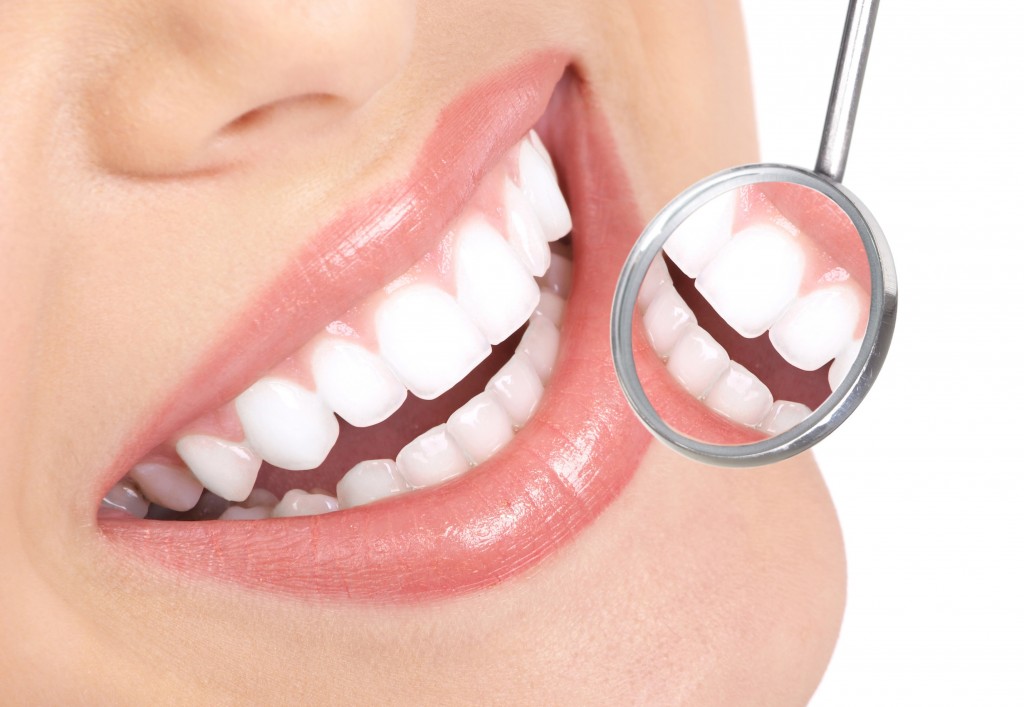Gaps, stains, misshaped and crooked teeth are all something that we’re either born with or a result of trauma or injury, and all of them are easy to correct via dental medicine.
Veneers, for one, have long been known as one of the main options to solve each one of the said problems above. The knock on them, though, is that they’ve had a history of being an irreversible procedure since the procedure involves the removal of a certain amount of tooth enamel for the veneer to be placed.
Porcelain veneers help solve that problem by being much thinner, making it no longer absolutely necessary for tooth enamel to be altered.
How Are Porcelain Veneers Placed?
In terms of placement, porcelain veneers are no different from the conventional, resin-type. Though, as mentioned earlier, porcelain veneers have the added benefit of needing a much smaller amount of the tooth’s surface to be removed for placement to be possible. In fact, there are cases where none of the tooth surface may have to be removed at all.
After this, the dentist will take an impression of the tooth, which then will be sent to a dental laboratory. The veneer is then custom-made, including aesthetic details to make sure that it blends well with the rest of the teeth.
Once the veneer is finished, it’s bonded to the tooth’s surface using a special type of cement.
Cleaning and Maintenance
Caring for porcelain veneers should be no different from how you take care of your own teeth.
Flossing once a day and brushing twice are still both important. Rinsing with mouthwash can also help remove additional food debris and plaque bacteria that flossing and brushing may have missed.
Disadvantages of Using Porlceian Veeners
Of course, porcelain veneers aren’t perfect and there are certain things that you’ll want to take note of, such as:
- It is possible for your dentist to recommend that you stay away from certain stain-causing foods and beverages. This includes coffee, tea, red wine and so on.
- Veneers usually chip or fracture much more easily than natural teeth, so they may not be recommended for those who habitually bite their nails or grind their teeth while they sleep. Though, in cases such as the latter, porcelain veneers may still be used, provided that the patient wears a night guard while they sleep to protect their teeth and veneer from damage.
- Porcelain veneers can be very expensive, costing around $1,000 per tooth on average in the United States.
Improve Your Smile With Porcelain Veneers
Fixing mild to moderate tooth discolorations almost instantly, correcting minor misalignment issues, and re-shaping of misshapen teeth are just some of the few ways porcelain veneers can help you improve your smile. And, while it’s certainly not the cheapest dental treatment out there, many who’ve tried it will attest to how porcelain veneers are more than worth the investment.
Of course, no single dental treatment is universal, so if you’re considering veneers, you may want to have a lengthy discussion with your dentist first. This way, your dentist can tell you what options are available for your particular dental problem.
For more information regarding porcelain veneers, contact Dr. George Kirtley at 371-841-1111 or visit his website at www.smilesbygeorge.com to learn more about the services Dr. Kirtley offers.
Dr. George Kirtley welcome patients from Spring Hill, Beach Grove and Warren Park.

